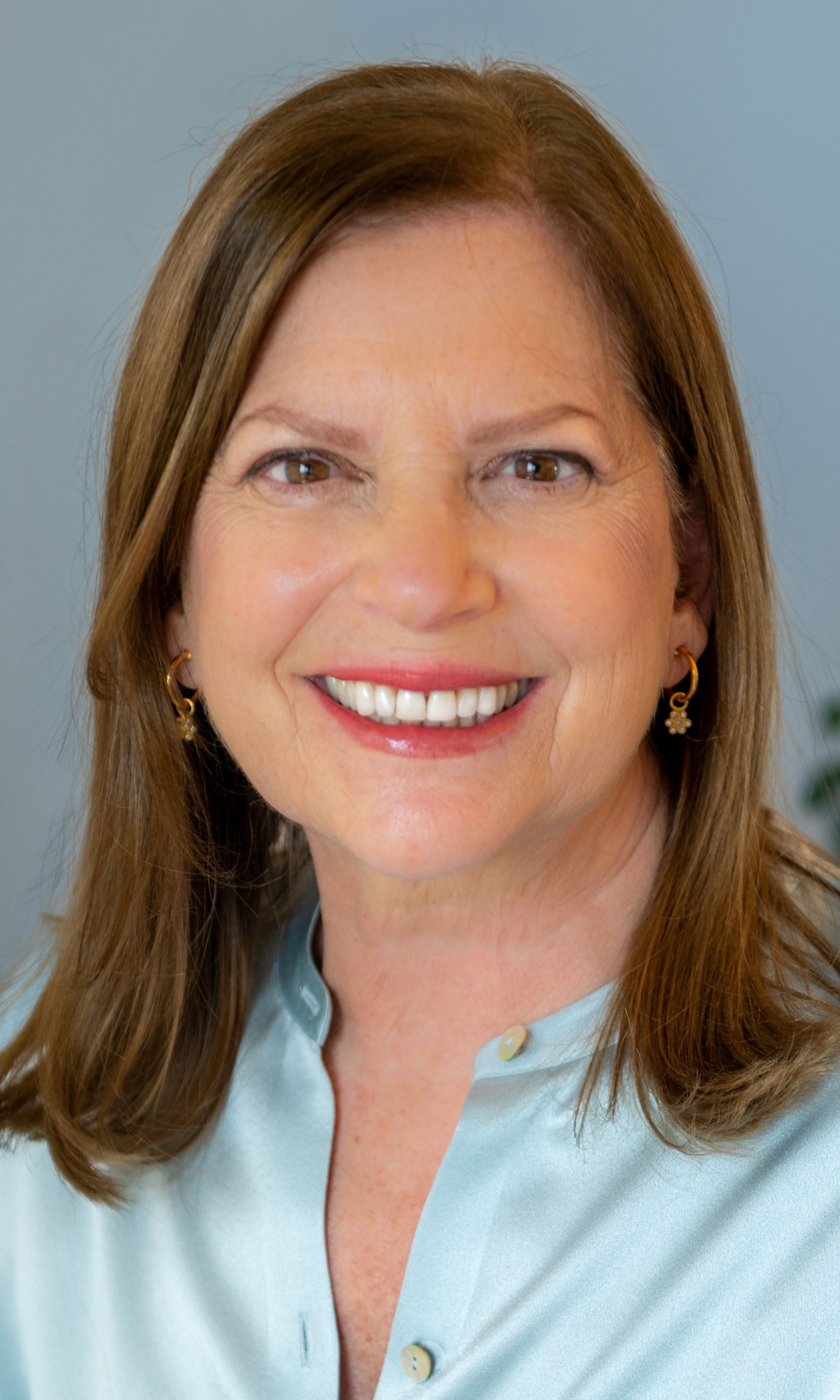Embracing the 60-Plus Economy
In this latest Harvard Business School Healthcare Alumni Association Q&A, Susan Wilner Golden, DSc, lecturer at the Stanford Graduate School of Business, reveals an untapped $22 trillion global opportunity for all companies and others supporting healthy aging and longer life spans.

Michael Wong: As your book mentions, the 60-plus economy is vibrant and, in the US, it presents an $8.6 trillion opportunity.1 Still, why has this new concept been so challenging for companies to understand and engage with, and pivot away from society’s obsession with younger population segments?
Golden: Overtaking the baby boomers in 2015, the younger “18-to-34 years” age segment has been long considered the key target segment for advertisers. Still, with 10,000 people turning 65 each day in America, by 2050, the +65 cohort will surpass the under 18 cohort. It is not surprising, as the average life expectancy has increased by 30 years over the past 100. For those reaching 65 years old today, approximately 50% will reach their 90s. And for those babies born today, over 50% of them can expect to live into their 100s! Those over 50 contribute to earnings and spending to the longevity economy valued at over $22 trillion worldwide and presents an outstanding opportunity for smarter firms, which can reframe their mindset about historically prized demographic segments.
When you consider how biopharma firms share common missions of saving and improving lives, their C-suites should especially lean into serving this growing population segment. These executives should consider other companies which have already deployed strategies to uncover new clients such as Warby Parker with their creation of a whole product line focused on progressive lenses. Or consider Bank of America’s Merrill Lynch Wealth Management group which hired the industry’s first financial gerontologist in 2014 to help the more than 14,000 financial advisors better understand the needs of their clients and implement a framework that assumes them to be living to one hundred.2
Besides reimagining their external business development opportunities, what longevity strategies should be deployed for their internal workforces as people are going to have 60-year career spans?
First, the historical “learn/earn/retire” mantra no longer applies. With a potential 100-year life span, continuous upskilling coupled with career breaks will become a new norm. In March 2022, LinkedIn shared a new feature that enables people to easily insert career breaks into their profiles. Surveying nearly 23,000 workers and 7,000 hiring managers, LinkedIn discovered that nearly two-thirds (62%) of employees have taken a break at some point in their professional career.3 So, employers need to change their mindsets around career breaks and the historical assumptions, often negative, around them.
Second, create programs, like returnships, that provide near-term solutions to your firm’s talent pipeline needs as well as build long-term employer of choice recognition. As Goldman Sachs has proudly communicated, “Pioneering the first program of its kind in the wake of 2008, Goldman Sachs has sought to listen and continuously innovate to increase the number of opportunities in the return to workspace and recruit the best talent regardless of resume gaps.”4 I’ve read that Goldman Sachs has even trademarked the term, “returnships” and I do believe this programming has secured positive results for the firm.
Finally, C-suites should consider reimagined terminology when it comes to considering new ways of engaging with their workforce. As I have shared with my students at Stanford as well as corporate clients, it is stage, not age.5 Specifically, it is the stage of life we are in that is most important. A 50-year-old and a 75-year-old could be in the same stage of life, the "reinvention stage", given a 100-year life span. And when these two people reinvent themselves via upskilling their capabilities, they can potentially create new value at firms which recognize the benefits that they might bring to the table.
References
1. Golden, Susan Wilner, Stage (Not Age): How to Understand and Serve People Over 60--the Fastest Growing, Most Dynamic Market in the World, Harvard Business School Press, June 14, 2022
2. Golden, Susan Wilner; Carstensen, Laura, How Merrill Lynch Is Planning for Its Customers to Live to 100, Harvard Business Review, March 4, 2019
3. Shappley, Jennifer, LinkedIn Members Can Now Spotlight Career Breaks on Their Profiles, March 1, 2022
4. https://www.goldmansachs.com/careers/professionals/returnship/
5. Susan Wilner Golden | Stage (Not Age) | Talks at Google – YouTube: Susan Wilner Golden explains the major demographic shift currently taking place in the workforce; YouTube: Reskilling America’s aging workforce to meet the demands of the future (Full Stream 4/25)
As the founder and director of the dciX initiatives at the Stanford Distinguished Careers Institute, Golden engages experienced professionals who are focusing the next chapter of their lives on building innovations for both social and economic impact. Golden is the author of the book “STAGE (Not Age),” published by Harvard Business Review Press in June 2022. Golden received a Doctorate of Science from the Harvard School of Public Health.
Michael Wong is an emeritus board member of the Harvard Business School Healthcare Alumni Association.